Have you ever wondered where the storm drains lead? Or where the detergent goes that runs down the driveway after you wash your car? Anything that runs over the concrete has the potential to be collected when it rains and is carried into the storm water drains. Common contaminates such as oil, grease, and debris get carried into the storm water system and end up in the nearest rivers, lakes, or other bodies of water. Unlike the drains in our home, storm water drains are not designed to filter material or remove contaminants out of the system. These contaminants flow directly into fish and wildlife habitats and pollute our environment.
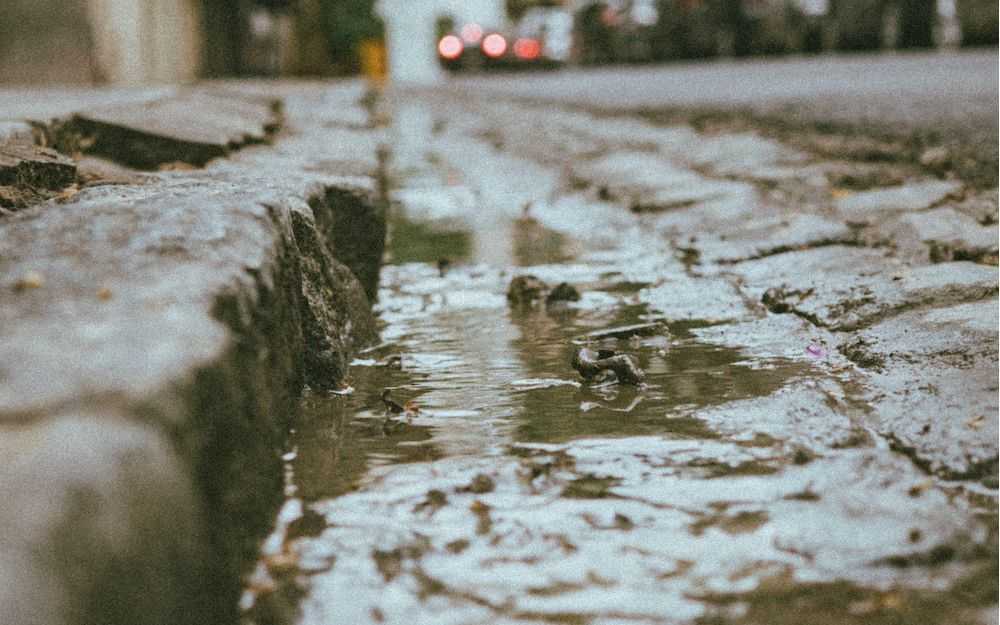
Storm water does not soak into the ground but runs off into the storm drainage system. “Impervious surfaces” such as concrete, packed soil, and rooftops, allow the flow of water into the storm drainage system, with the rain picking up all contaminates sitting on the surface as it moves along. This run off can damage the ecosystem when contaminated with pollutants.
Common pollutants and contaminates:
- Oil
- Grease
- Fertilizer
- Motor oil
- Detergents
- Trash
- Debris
- Lawn clippings
- Pet waste
- Household chemicals
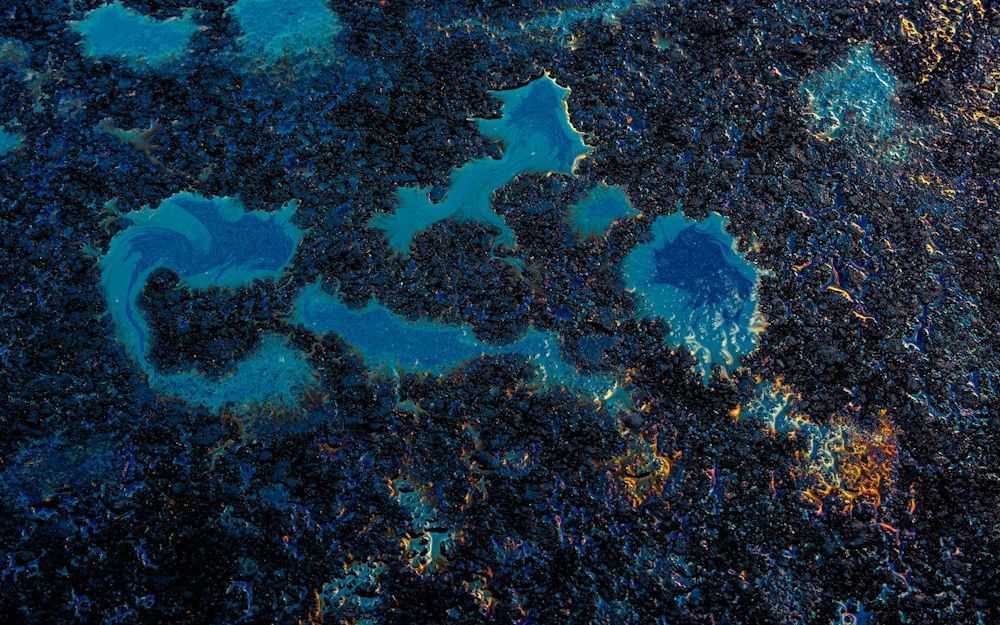
What can you do?
Use Rain water as a resource.
Rainwater can be used to water gardens, wash vehicles, and much more. Collecting rainwater diverts some of the water from the storm drains and reduces the amount of contaminates put into the system. It’s also free! Meaning a lower water bill. During drought seasons rainwater can be used to water gardens and keep plants thriving. Install rain barrels around your home to collect water for future use and help keep our storm drains clean. By collecting water you are helping keep the environment clean and protect local fish and wildlife.
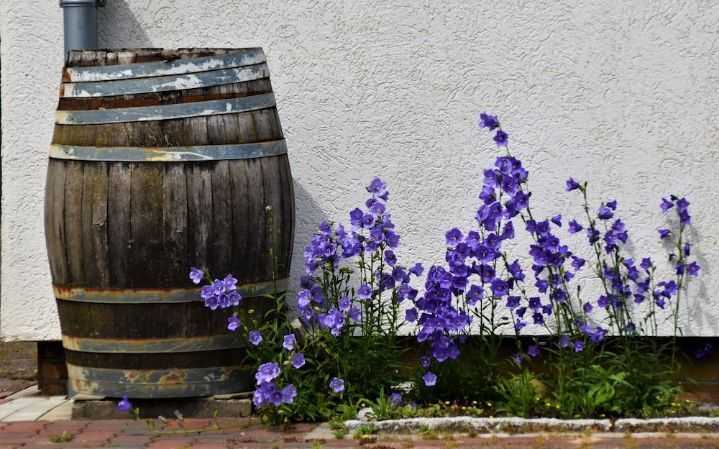
Reduce Litter
How can you reduce litter in your local waterways? If you see something, say something! Problems such as illegal dumping, pedestrian litter, and litter from cars and trucks all contribute to the waterway’s cleanliness. If you see trash on the street, be a good Samaritan and discard of it in a nearby trash can. If you witness illegal dumping of debris or items down a storm drain, contact your local water authority to report any illegal activities.
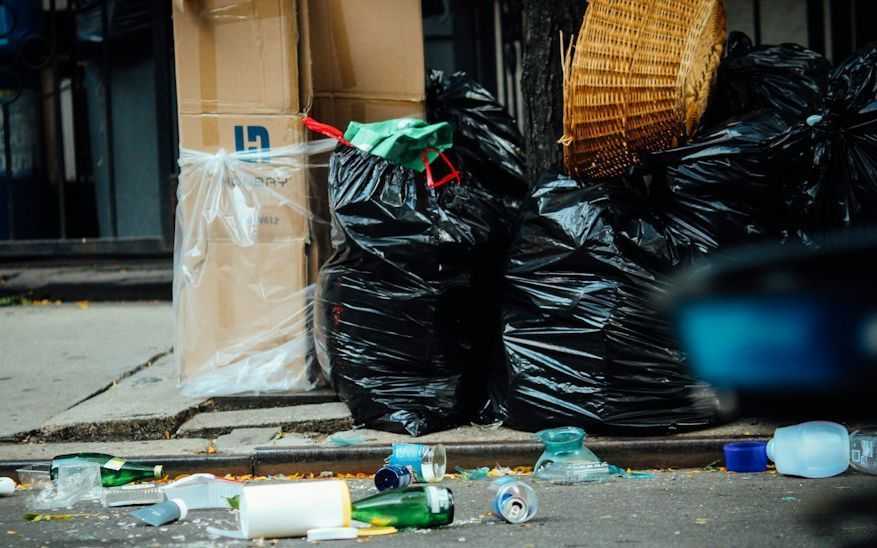
Remove or replace toxic materials.
Some items are too toxic for our trash. Our environment has neither the capability nor the appetite to digest harmful chemical compounds. Luckily, there are facilities where you can turn in paint, batteries, pesticides, motor oil and other similar materials for proper disposal. For safety and environmental reasons, it is illegal to dispose of these hazardous chemicals in the garbage, sewers or storm drains. Texans can follow this link to find their local hazardous materials drop off point
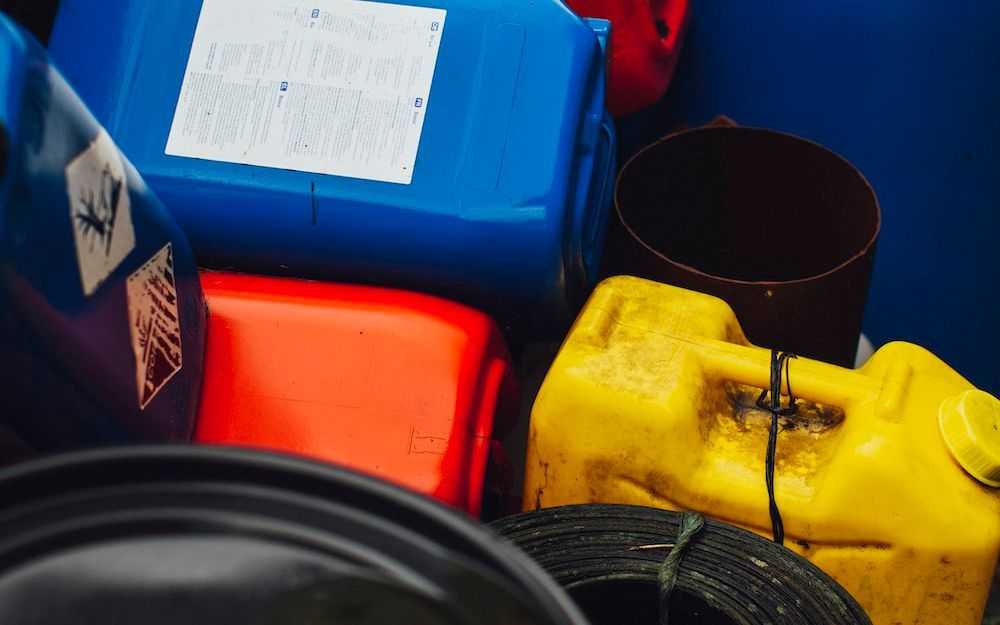
Participate in local clean ups
There are many ways to get involved in keeping Texas clean. Here are some of the many programs you can join to help keep our state clean
- Adopt-a-Highway dedicated to keeping Texas roadways clean
- Adopt-a-Beach dedicated to keeping Texas beaches clean
- Don’t Mess With Texas dedicated to community outreach
- Trash Bash dedicated to keeping local waterways clean
You can find more resources to participate locally or statewide here.
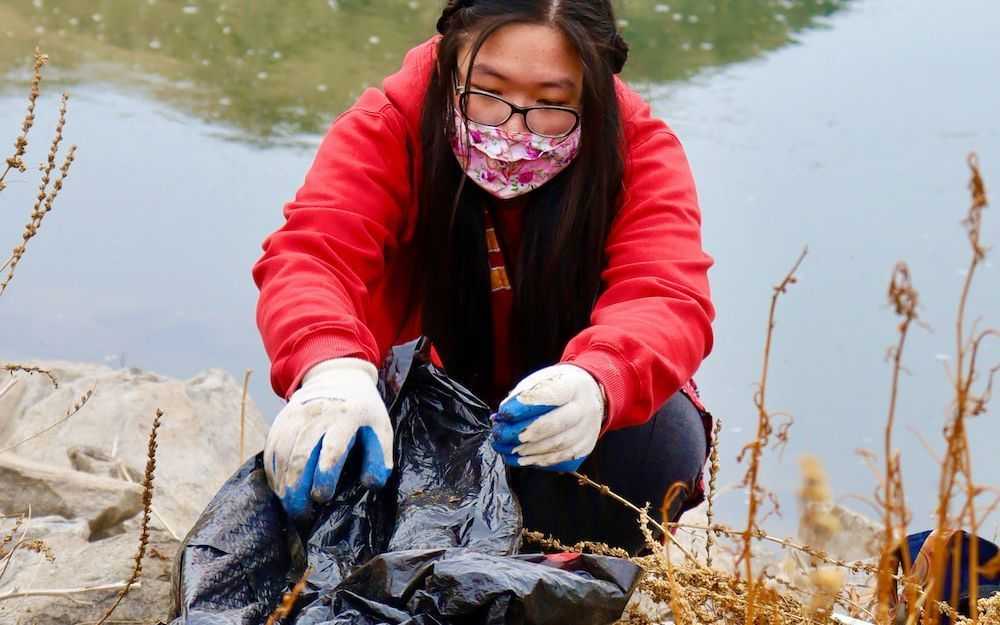
Texas residents must address the challenges posed by stormwater runoff to protect its waterways and preserve the biodiversity that makes the state unique. By implementing rain water collection, litter reduction, replacement of chemicals, and participating in local cleaning efforts, Texans can work towards a healthier, more resilient environment for generations to come. Addressing stormwater runoff is not just an environmental imperative; it is a commitment to safeguarding the natural beauty and ecological balance that defines the Lone Star State.
